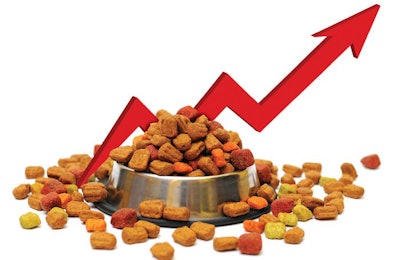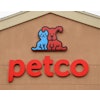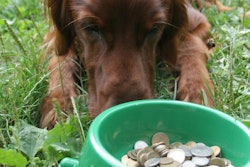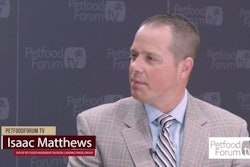
As we cycle from one year into another, the pet food market continues its cyclical ways, too. For example, while most market research indicated US pet food sales rose about 4 percent in 2016, household data from the US Bureau of Labor Statistics showed spending on pet food actually declined 10 percent from 2015 to 2016 – US$29.49 billion to US$26.5 billion – according to John Gibbons from PetBusinessProfessor.com.
Gibbons tracked the data back to 1997, which revealed a pattern: Pet food spending increases for two years, then hits a plateau or even declines the third year. The exception was the period from 2006 to 2010, which included the 2007 melamine recalls and the Great Recession. The data seems to confirm that pet food is heavily driven by consumer and product trends like premiumization, humanization, natural and their sub-categories. (See https://goo.gl/ioS19R.)
What’s next? The exciting news for 2018 and beyond is that pet food seems poised for new cycles and breakthroughs that could elevate spending again in the US and other markets. For instance, while the grain-free craze likely won’t subside anytime soon, it’s worth considering how closely pet food trends mimic those in human food. Given that ancient grains and seeds are wildly popular in human food, perhaps they’re the next big trend for pet food.
New research also shows the promise of increased health benefits (for pets and people) in grain crop diversity, using specialty varieties of maize, wheat and sorghum that offer high levels of antioxidants. Other research is pushing insects further toward becoming a viable alternative protein source for pet food, highlighting the potential for new ingredients like probiotic freeze-dried microbes, delving deeper into pets’ genomics and microbiomes, and exploring new technologies like the internet of things (IoT) and drones for more efficient processing and delivery of pet food. We may be starting a new cycle of innovation and excitement.


















